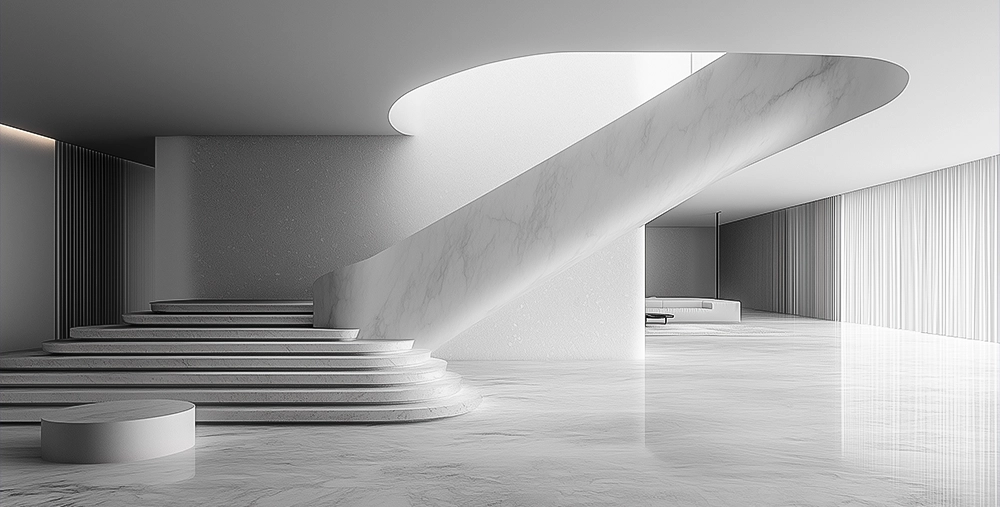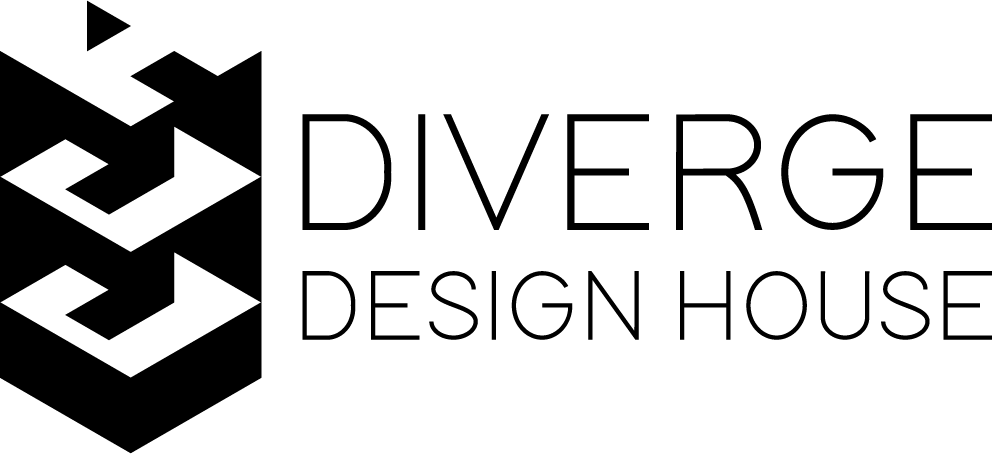Minimalist Design with Maximum Impact: The Art of Subtraction in 2025

Introduction
As our environments become increasingly cluttered with information and possessions, the appeal of minimalist design continues to grow. Minimalism is about more than just an aesthetic—it’s a lifestyle choice centered on clarity, purpose, and intentionality. In 2025, minimalist design remains a powerful trend that goes beyond the surface to create spaces that feel both serene and sophisticated.
The Essence of Minimalist Design
Minimalist design prioritizes simplicity, clean lines, and functionality, adopting a “less is more” approach that focuses on essentials. Rather than filling spaces with decoration, minimalism champions open layouts, neutral colors, and curated decor, creating an atmosphere of calm and order. By stripping away the unnecessary, minimalist interiors cultivate a sense of clarity that allows each element to stand out with purpose and elegance.
Key Principles of Minimalist Design
1. Purposeful Functionality
Minimalism is rooted in intentional design—each piece serves a purpose, enhancing the space without crowding it. Furniture and decor are chosen not only for aesthetic value but also for functionality. Each item is carefully selected to contribute to the room’s purpose, ensuring that every element adds meaning to the overall design.
2. Embracing Negative Space
Negative space, or the “empty” space around objects, is a crucial component of minimalist design. It creates a sense of openness, allowing the room to breathe and offering a break from visual clutter. When balanced thoughtfully, negative space highlights craftsmanship, material quality, and thoughtful arrangement, bringing harmony to any interior.
3. Quality Over Quantity
Minimalism is about restraint, focusing on quality over quantity. It encourages investment in fewer, well-made pieces that bring lasting value to a space. This approach also aligns with sustainability, as higher-quality items are designed to endure over time, reducing the need for constant replacements and supporting a mindful, eco-conscious lifestyle.
Trends in Minimalist Design for 2025
1. Warm Minimalism: Adding Comfort to Simplicity
A recent evolution of minimalism, warm minimalism incorporates natural materials and soft colors to create a more inviting ambiance. Think warm wood tones, muted earth colors, and cozy textures that add warmth to traditionally stark minimalism. Warm minimalism brings a sense of comfort and approachability to interiors, combining the best of simplicity and coziness.
2. Biophilic Minimalism: Merging Nature with Simplicity
Biophilic design and minimalism blend effortlessly to create open, natural, and calming spaces. By incorporating greenery, natural light, and organic forms, biophilic minimalism offers a connection to nature without disrupting the simplicity of the aesthetic. Natural materials like stone, wood, and greenery work harmoniously to create environments that feel both peaceful and refreshing.
3. Modular Furniture: Flexibility and Simplicity
Modular furniture offers a minimalist solution for evolving needs. Clean lines and adaptable designs allow modular pieces to transform based on lifestyle changes. Modular furniture brings a sense of flexibility, ensuring that minimalist spaces remain functional and adaptable while staying true to minimalist principles.
The Benefits of Minimalist Design
Minimalism not only enhances visual appeal but also promotes mental clarity and relaxation. By reducing distractions, minimalist spaces encourage mindfulness and focus, creating an environment that supports productivity and well-being. For those seeking a retreat from the overstimulation of daily life, minimalism offers a soothing, balanced aesthetic that feels both timeless and relevant.
Conclusion
Minimalist design is a celebration of simplicity and intentionality, an artful approach that seeks beauty in restraint. As we move forward into 2025, minimalism continues to hold strong, serving as both a design style and a pathway to a balanced lifestyle. The power of minimalism lies in its ability to transform spaces into peaceful, purposeful environments that honor quality and clarity. In a minimalist space, less truly is more, creating room for what truly matters.

